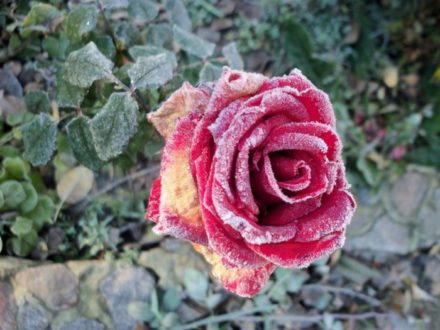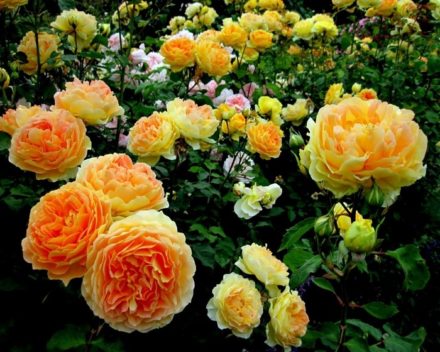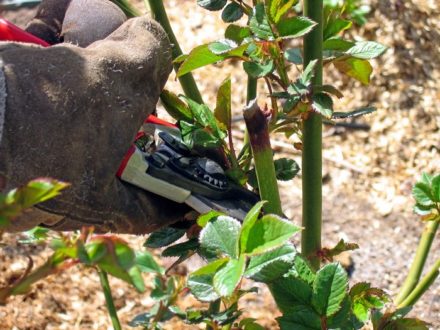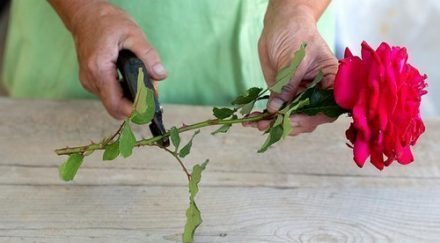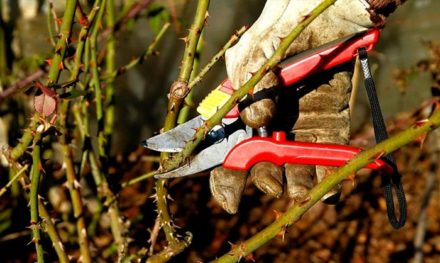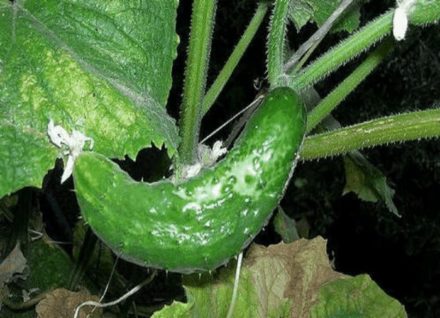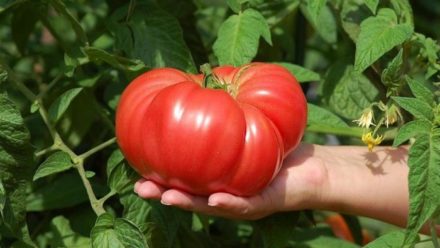In different climatic conditions, gardeners growing roses encounter black spot. The disease is easy to recognize by black or dark brown spots located on the upper side of the leaves. The disease is caused by the fungus Marssonina rosae
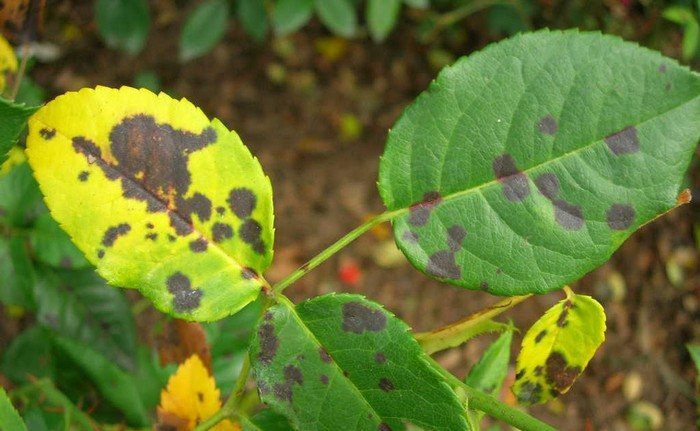
, which begins to develop with the arrival of spring.
First of all, the decorativeness of plants decreases, but this is only the visible part of the problem. With severe infection, not only the leaves suffer, but also young shoots. The bush loses leaf mass, constantly forms new shoots that do not have time to ripen before the cold weather. This leads to a decrease in resistance, and without treatment the plant may die within a few years.
Selecting fungicides for treating the disease
- Black spot treatment is carried out using antifungal drugs (fungicides). There are many effective means for combating the disease, which belong to three main groups of fungicides:
- copper-containing (Bordeaux mixture, "Abiga-Peak");
- systemic ("Skor", "Topsin-M", "Topaz", "Fundazol", "Raek");
Three simple ways to propagate roses
However, when treating an affected plant, it will not be possible to limit yourself to one drug, since each group of drugs has negative aspects and limitations. For example, copper-containing drugs can accumulate in the soil.Black spot on roses: what to treat to overcome the attack
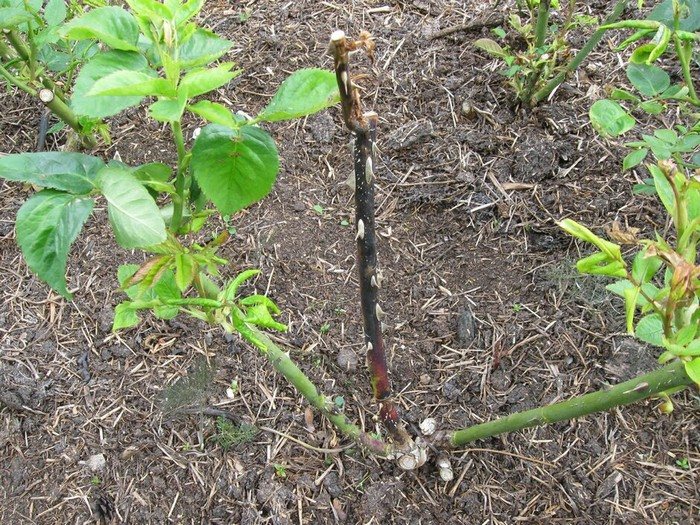
Skip to content
Wash
Stains
Cleaning
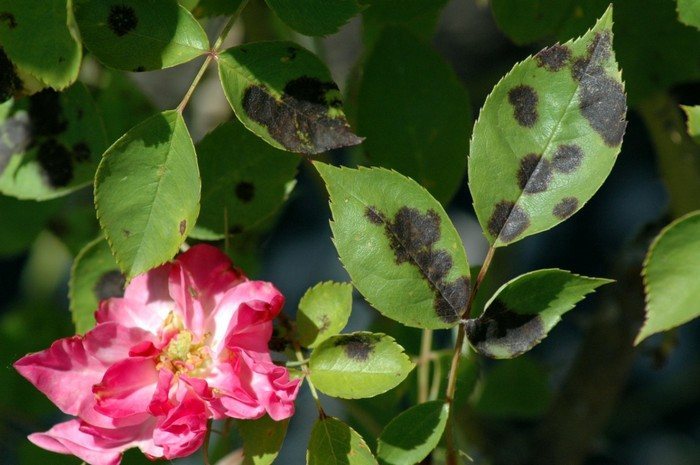
Things
Pests
- Technique
- Storage
- Dishes
Garden
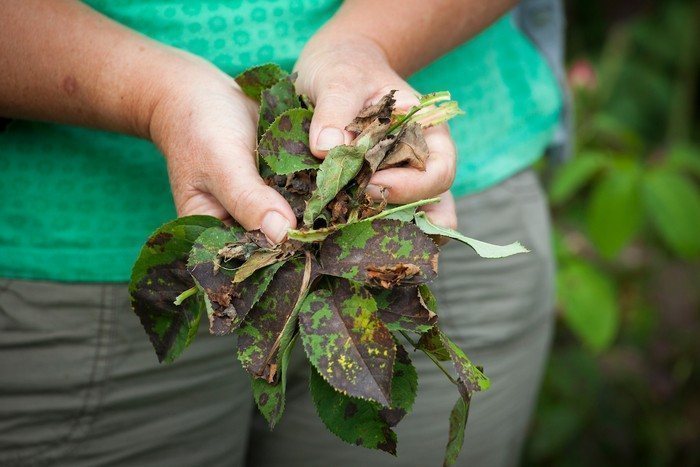
Adviсe



